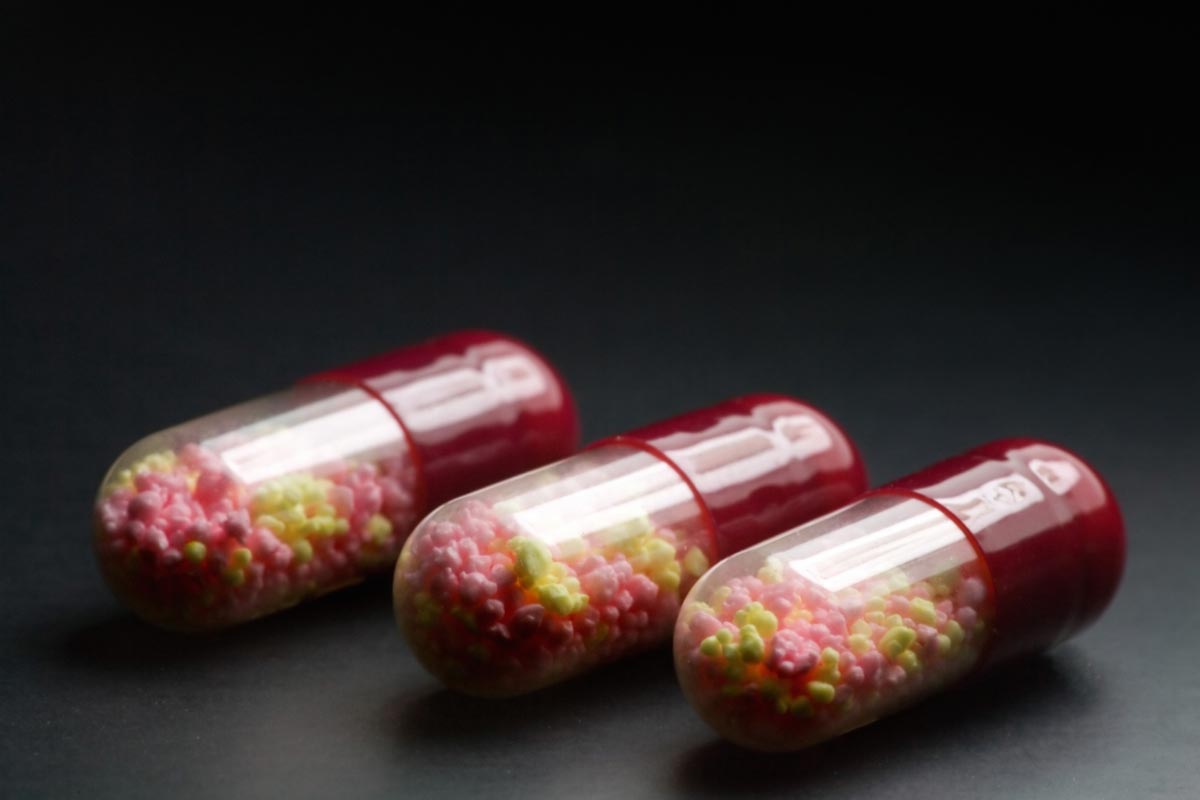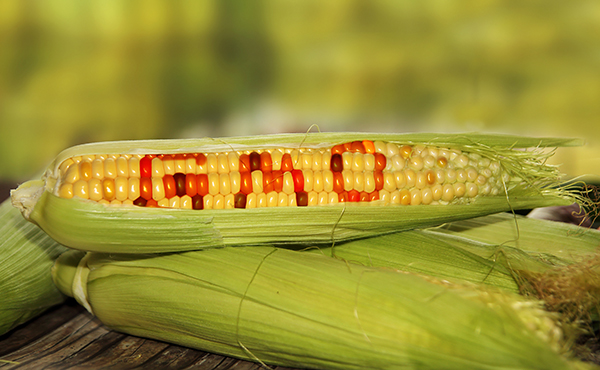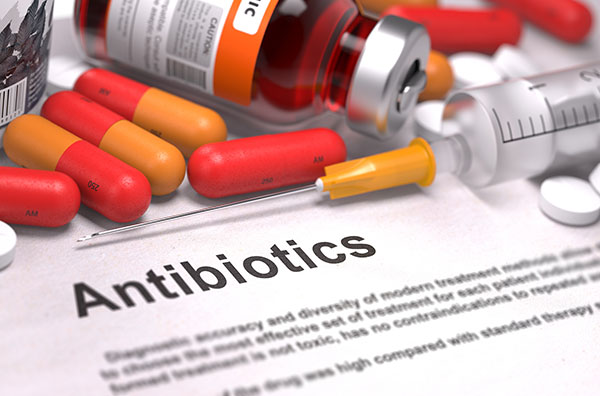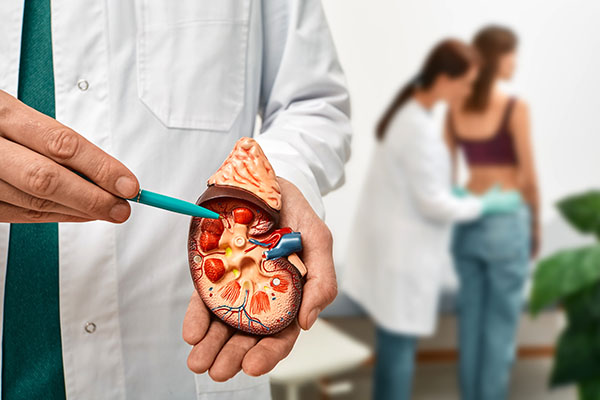
Annual estimates suggest that some 700,000 people from around the world are killed by drug-resistant infections, including diseases like malaria and tuberculosis. By 2050, the number of lives lost to drug-resistant diseases is expected to rise to a staggering 10 million per year. As Davies contends, antibiotic resistance is already here, killing people. It's not a theory about what may happen in the future -- antibiotic resistance is spreading in the here-and-now, and it's already taken countless lives. But many people don't realize antibiotic resistance has already taken hold. Davies explained, "It does not really have a ‘face’ because most people who die of drug-resistant infections, their families just think they died of an uncontrolled infection. It will only get worse unless we take strong action everywhere across the globe. We need some real work on the ground to make a difference or we risk the end of modern medicine.”
Reducing the usage of antibiotics is essential to combating the spread of drug-resistant bacteria -- and natural remedies are clearly becoming one of the best options we have, even if the mainstream medical community is loath to admit it. While proponents of modern medicine are willing to admit relying on antibiotics so heavily comes with the hefty price of human life, few seem to acknowledge that natural remedies even exist. Indeed, there are many alternatives that could help reduce the burden of antibiotics.
Some of the most effective natural medicines include items that you can find in your own pantry, like garlic, manuka honey, echinacea, cinnamon, turmeric and cumin. These foods, along with countless other herbs and plant medicines, are highly regarded for their antibiotic, antiseptic and antimicrobial properties. And as Natural News writer Tracey Watson notes, these types of natural remedies are superior to prescription drugs in many ways. In addition to having fewer and less damaging side effects, it seems harmful pathogens have been unable to build resistance to nature's medicines.
Of course, it is important to remember that antibiotic use in humans is not the sole driving force behind the spread of antibiotic resistance. Antibiotics in our food supply are a key part in the rise of drug-resistant bacteria and that fact simply cannot continue to go ignored. In the livestock industry, antibiotics are often given to healthy animals to make them fat. The drugs are also supposedly used as a "preventive measure" to protect the animals from their unsanitary living conditions. Research has shown that organic-raised and grass-fed livestock are less likely to need antibiotics and organic livestock practices do not contribute to the spread of antibiotic resistance the way "conventional" farming does. In fact, the director of science programs for The Organic Center, Dr. Jessica Shade, says organic livestock production "provides a compelling example of successful, profitable operations and demonstrates the ability of livestock farms to operate without substantial antibiotic use."
Fortunately, awareness of the threat posed by antibiotics in food is growing; many consumers are turning towards antibiotic-free foods, as are food producers. If the trend of turning away from antibiotics and looking towards a more natural way of living (and eating) continues, maybe the world won't be in such bad shape, after all. [Related: Learn more about antibiotic resistance at Superbugs.news.]
Sources for this article include:
Please contact us for more information.























